Online services are central to modern life. People search for everything from coffee to college to home improvement ideas. Predictably, many consumers turn to the internet for information on their health-related symptoms, or those of a child or family member, before even considering tapping the phone button to call a care provider. While the internet is generally an unreliable source of quality data, some websites may provide useful information.
How can hospitals and healthcare systems help patients navigate this landscape for the best and safest outcomes for their health?
Online symptom checkers: Can they be helpful?
Online symptom checkers allow consumers to enter data about their health concerns and return an algorithm-driven list of possible diagnoses. Major healthcare websites like WebMD, which has been offering internet medical resources for almost 25 years, and the American Academy of Family Physicians offer online symptom checkers. Such tools can give patients general information on a condition. And indeed, the president of the AAFP says that such basic understanding can contribute to a more effective in-person dialogue between a patient and a provider.
Healthcare providers also point out, however, that online symptom checkers cannot provide the depth and accuracy of an individualized review of symptoms and diagnosis. The most frequent search terms on WebMD are complaints such as dizziness, headache, and nausea, generalities that could be relatively benign or could indicate serious underlying conditions. Further, online answers without the context of medical training can leave patients with a false sense of security and also cause unnecessary alarm.
Facilitating in-person care
Given the variable quality and diagnostic limits of internet-provided health information, what factors deter patients from seeing a provider when they should? They include the time and effort it entails and uncertainty about what a visit will cost.
Regarding the first, the era of direct-to-consumer medicine shows no sign of slowing. Younger consumers have grown up online, conducting routine elements of life from banking to shopping electronically. Healthcare providers can ask patients in person whether they use online resources for self-healthcare and which ones. Some healthcare systems are also partnering with established technology companies to provide their own online symptom checkers, which allow for quality information provision and the capacity for a patient to then make an in-person appointment.
Alleviating payment pain
Worries about various symptoms lead patients to the internet for help, but fears about the financial unknowns in seeking in-person care can make them more likely to avoid making an appointment at their doctor’s office.
Software and services from Healthcare Claims Management can improve a healthcare organization’s revenue cycle management. Patients who know how much a visit will cost are much more likely to schedule and show up for an appointment. And patients who leave with clear answers that show care and attention regarding how much they owe, when it will be due, payment plans, assistance, and insurance will develop a greater appreciation for the value that in-person, face-to-face interaction can provide.

